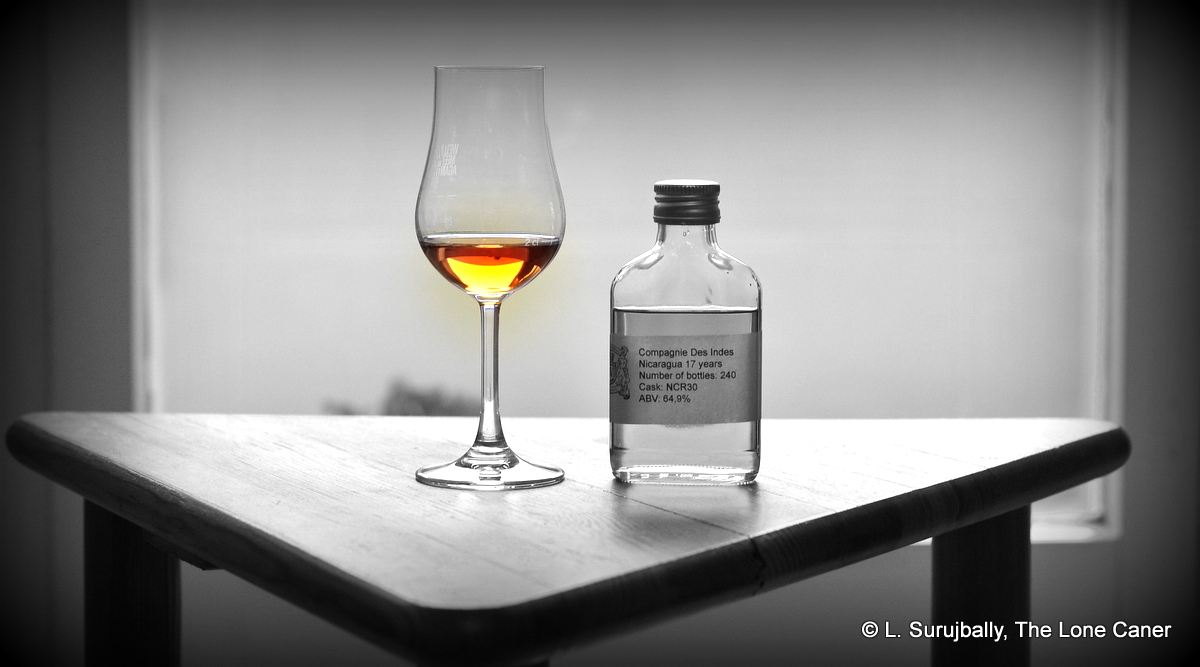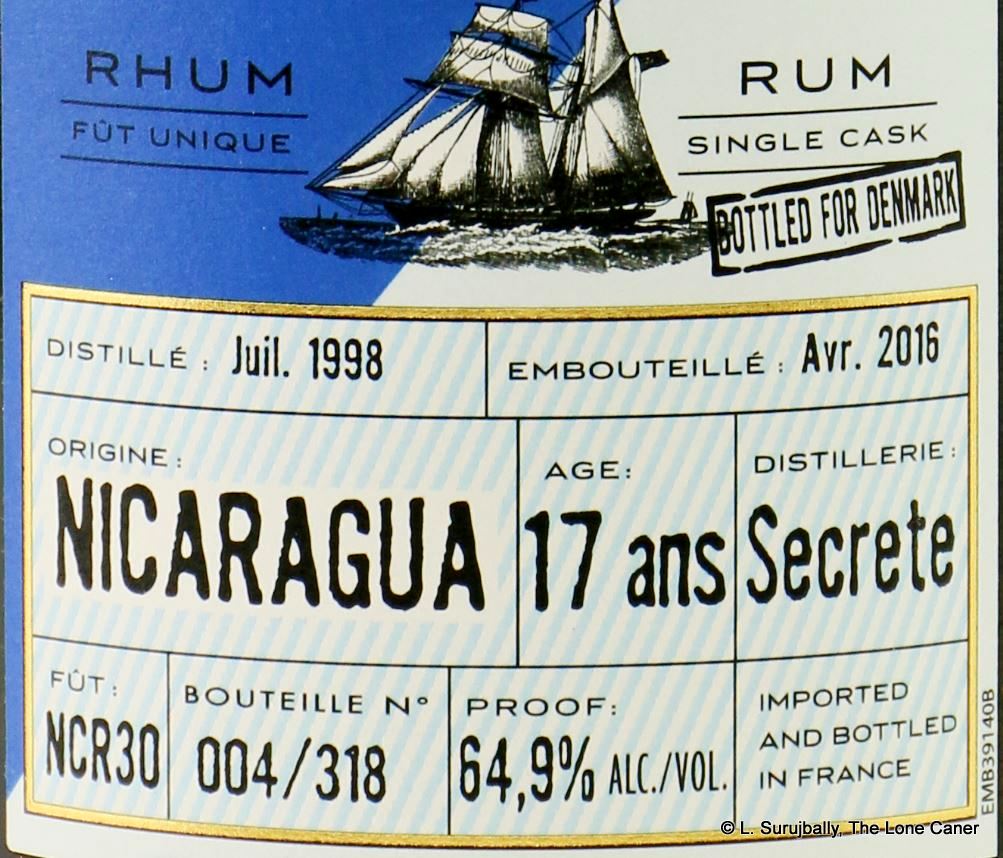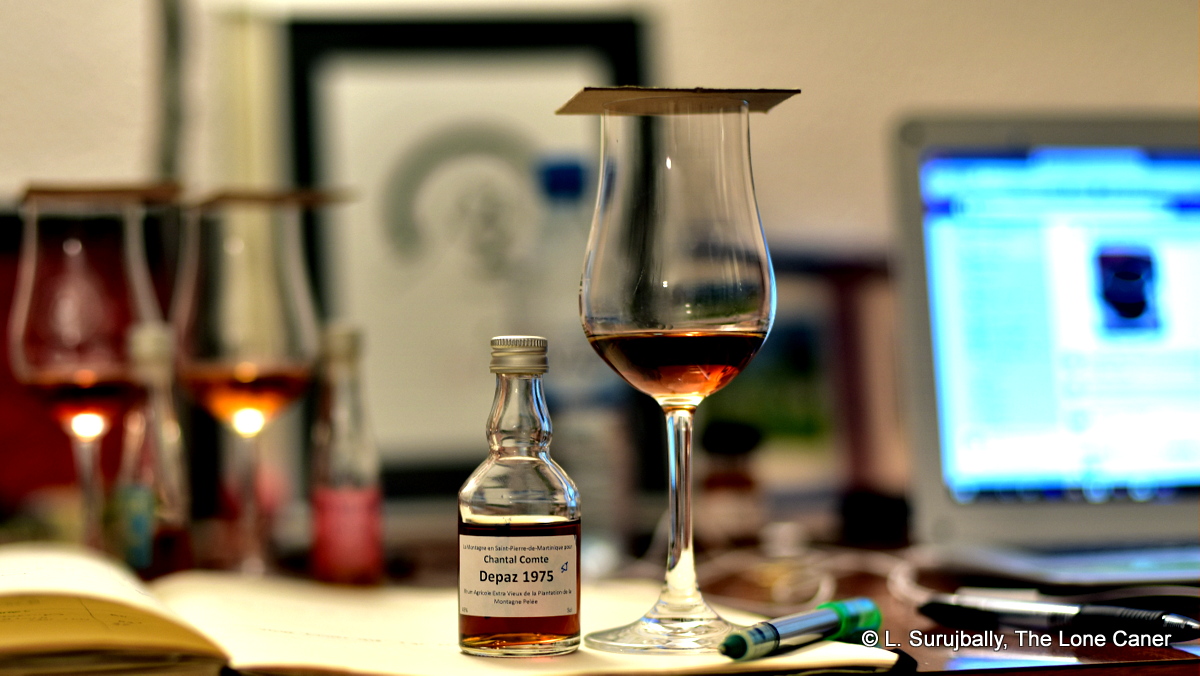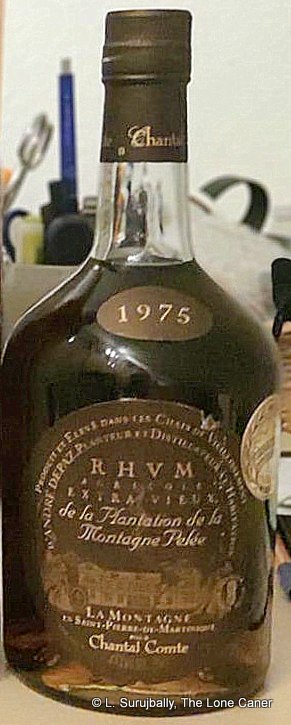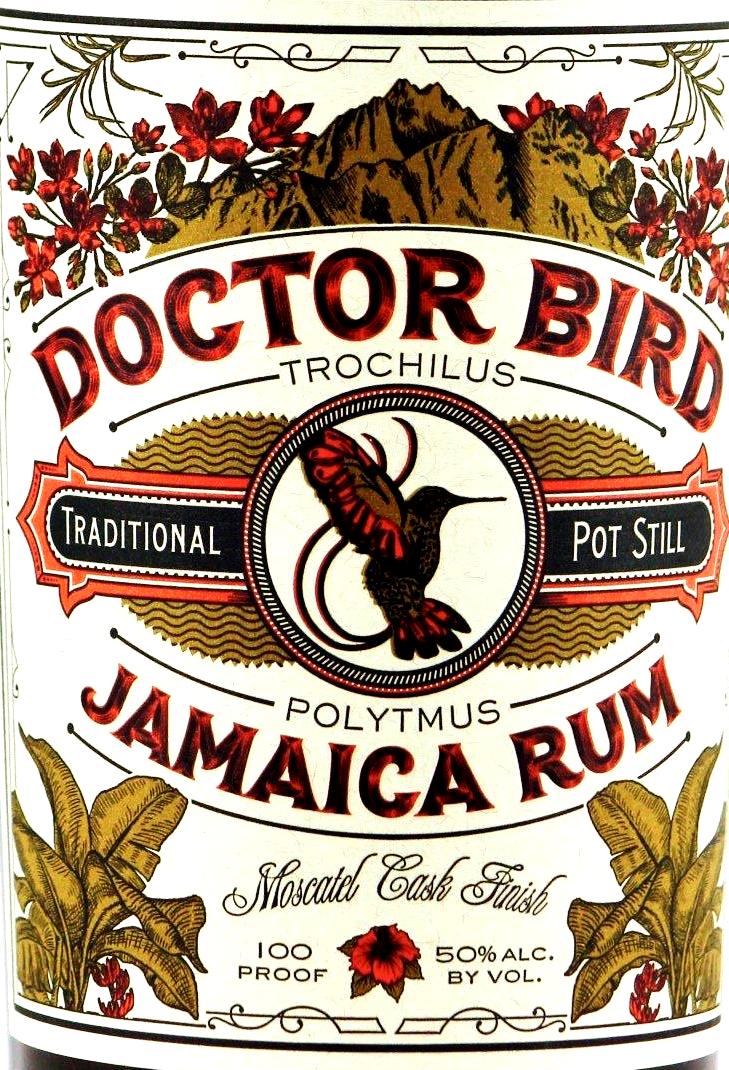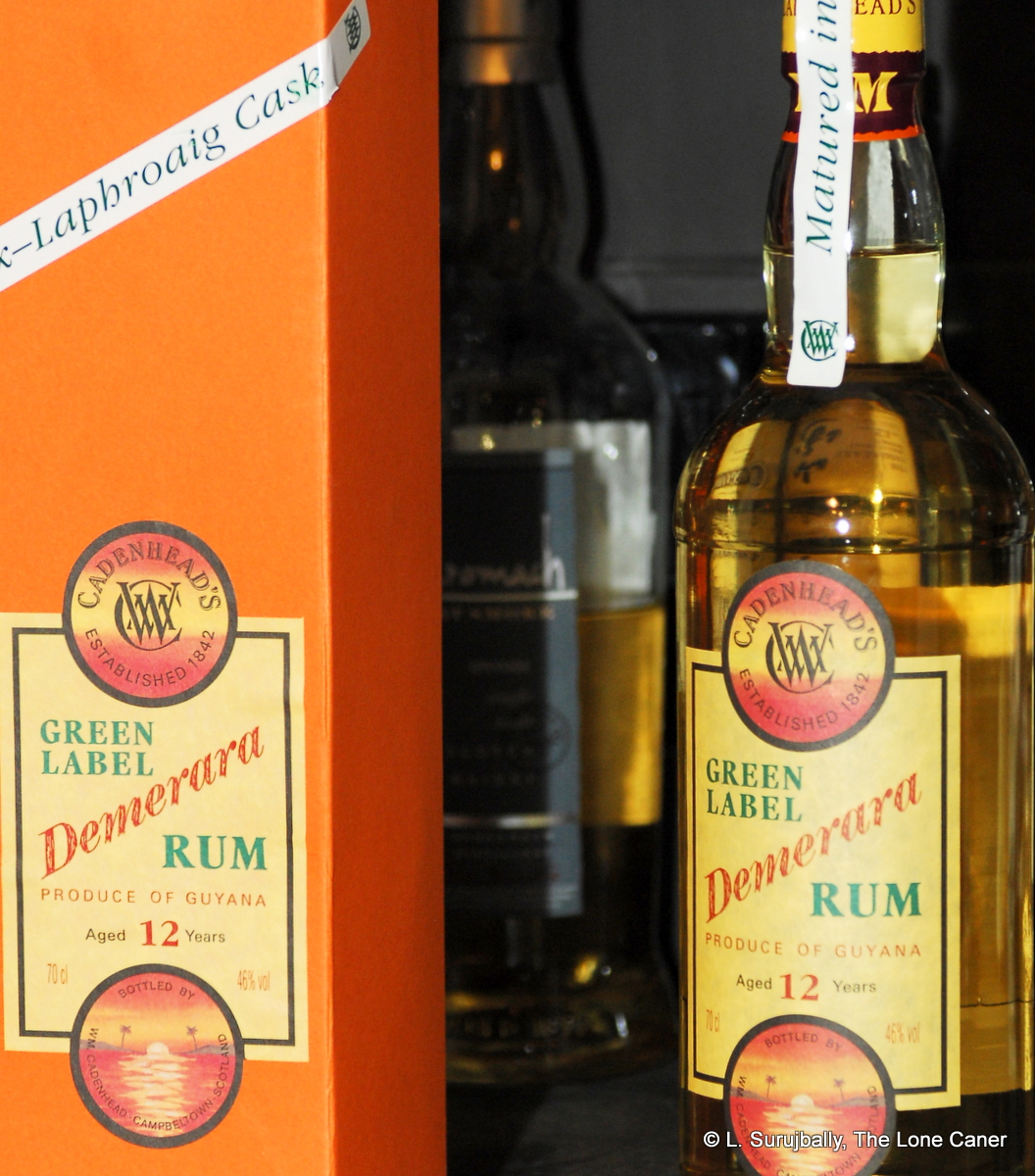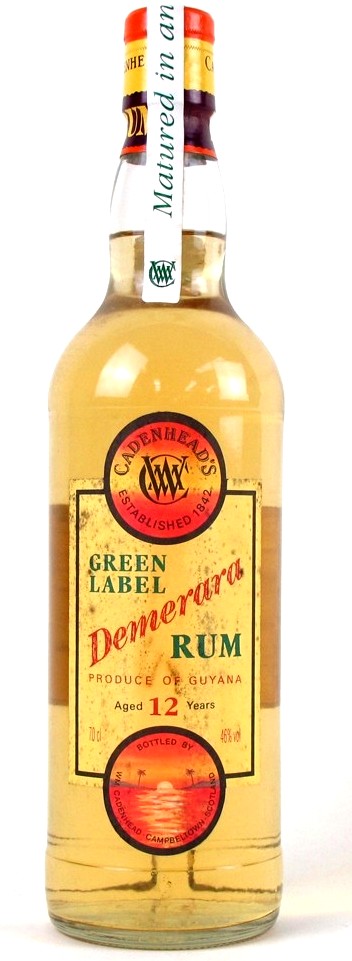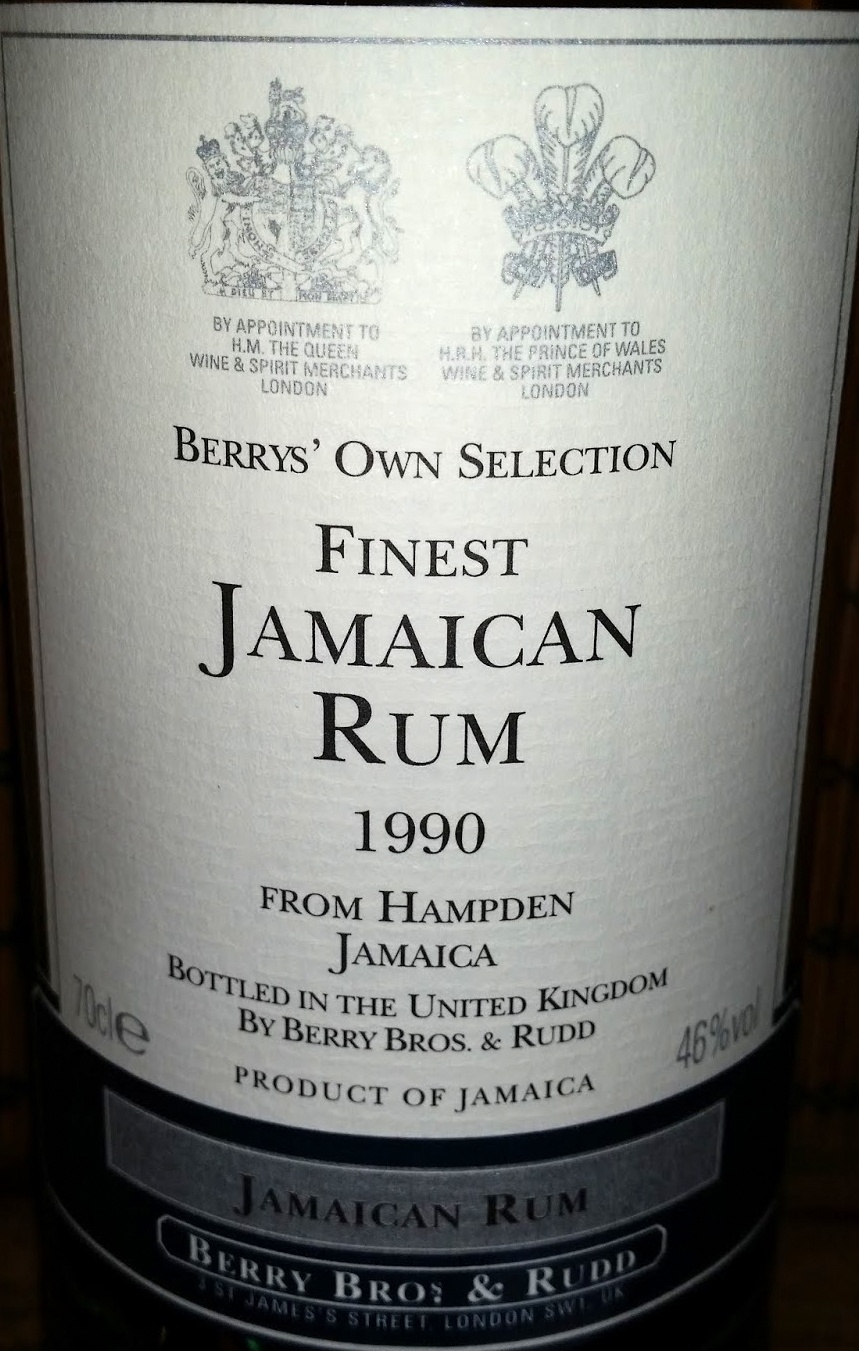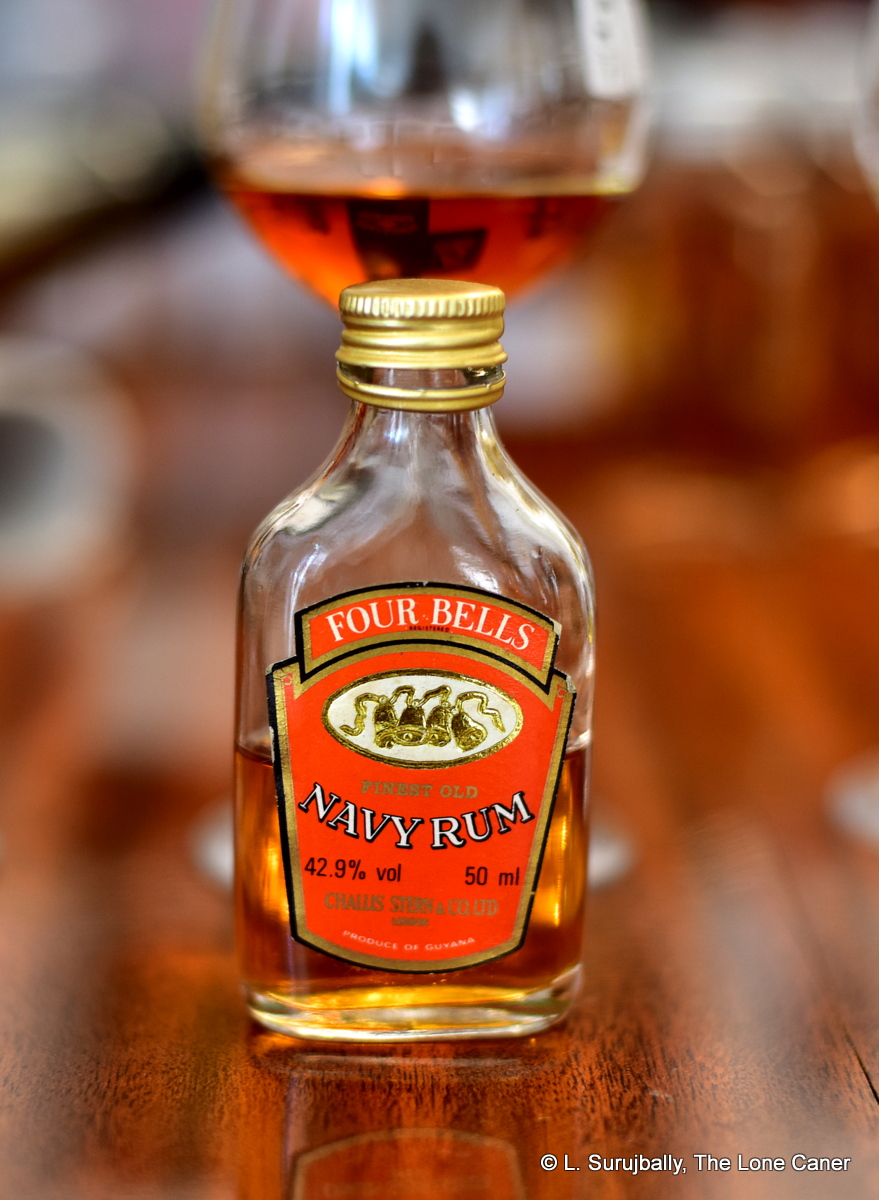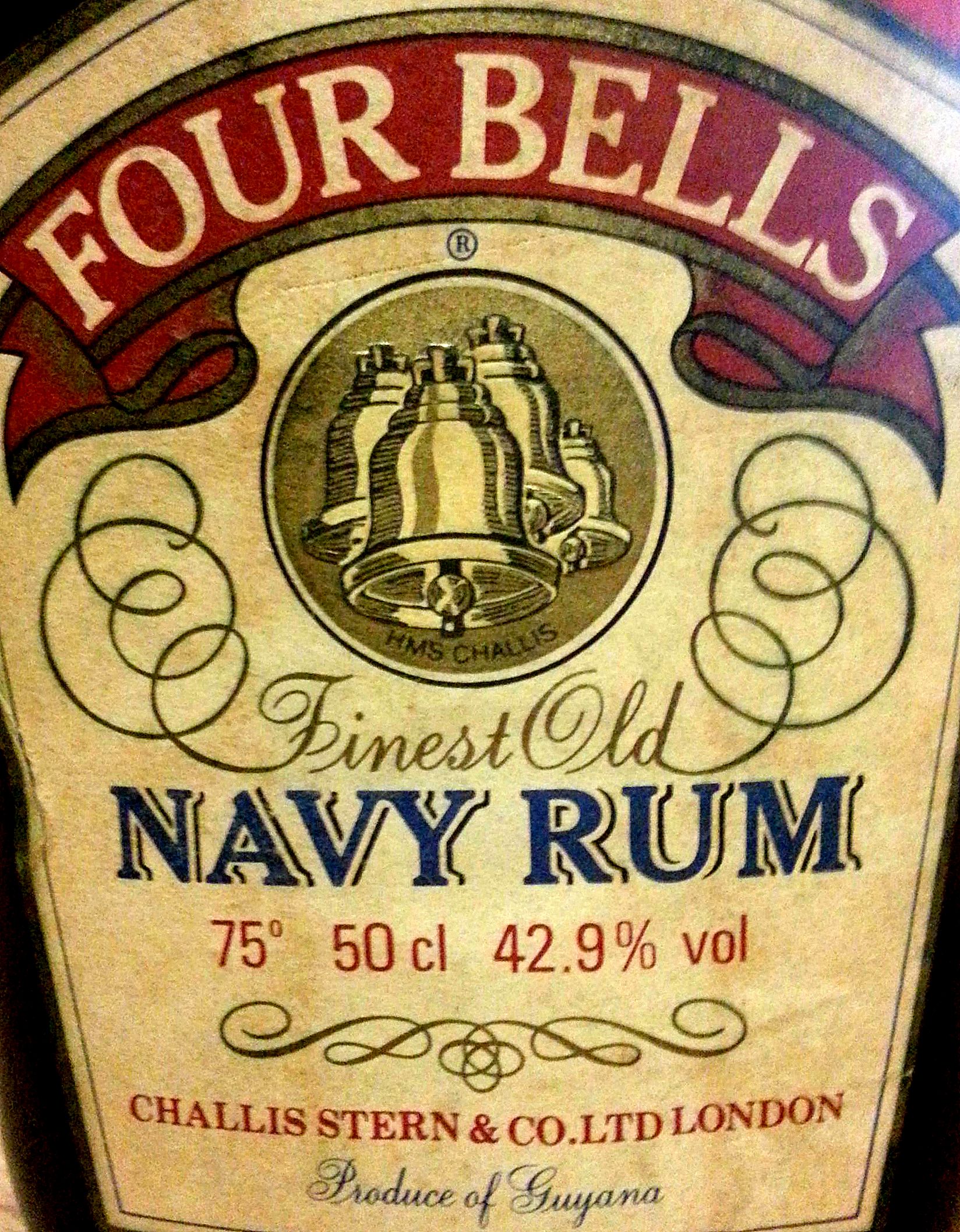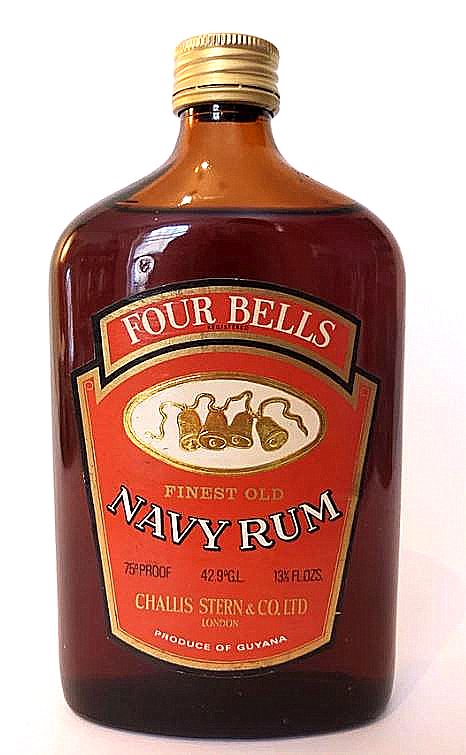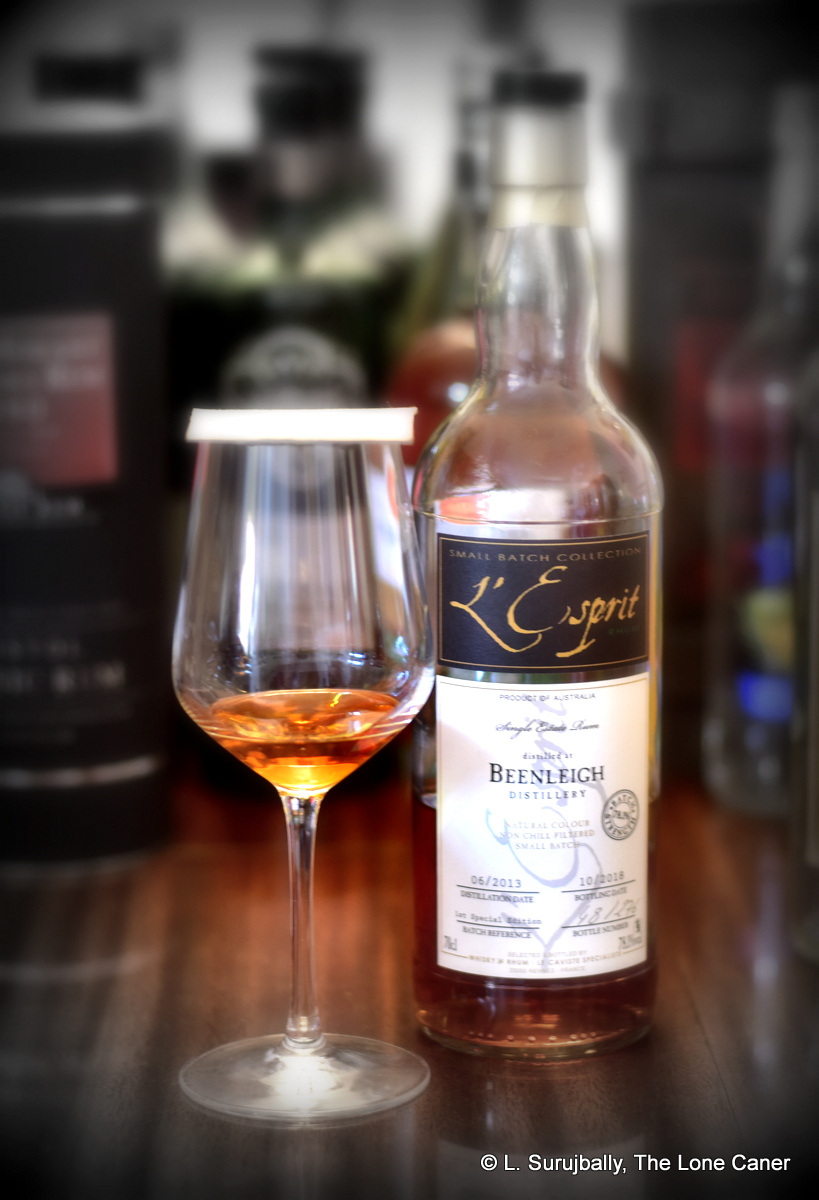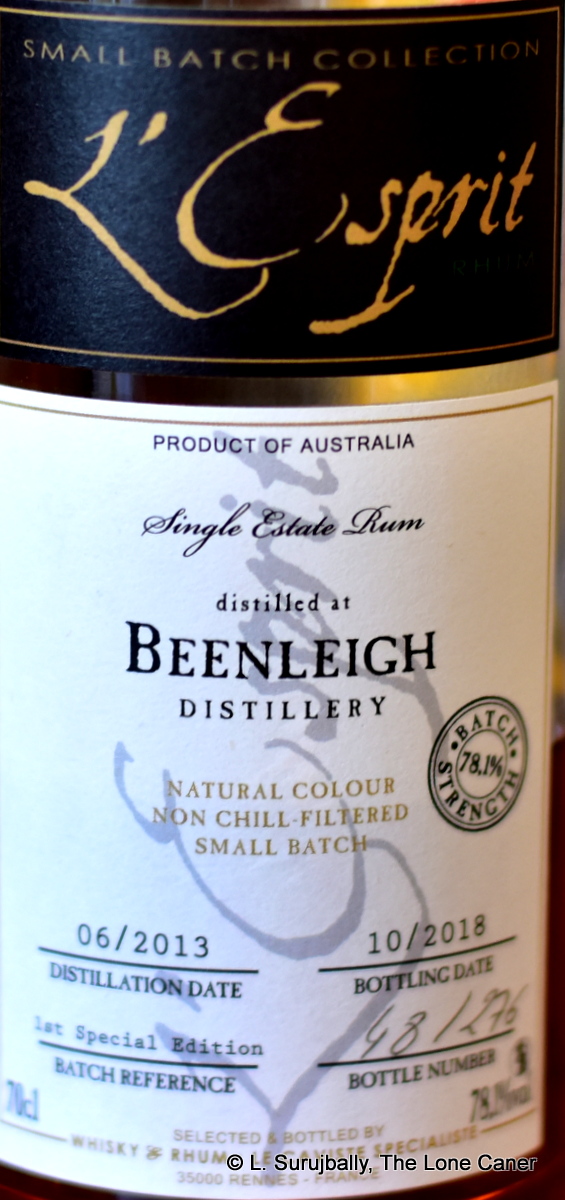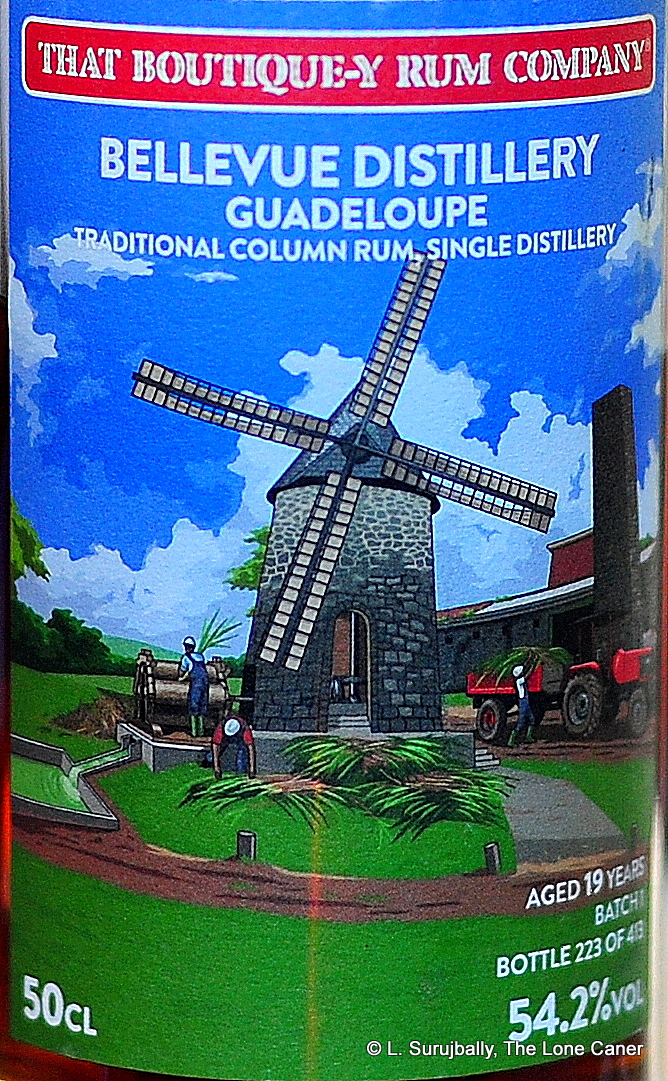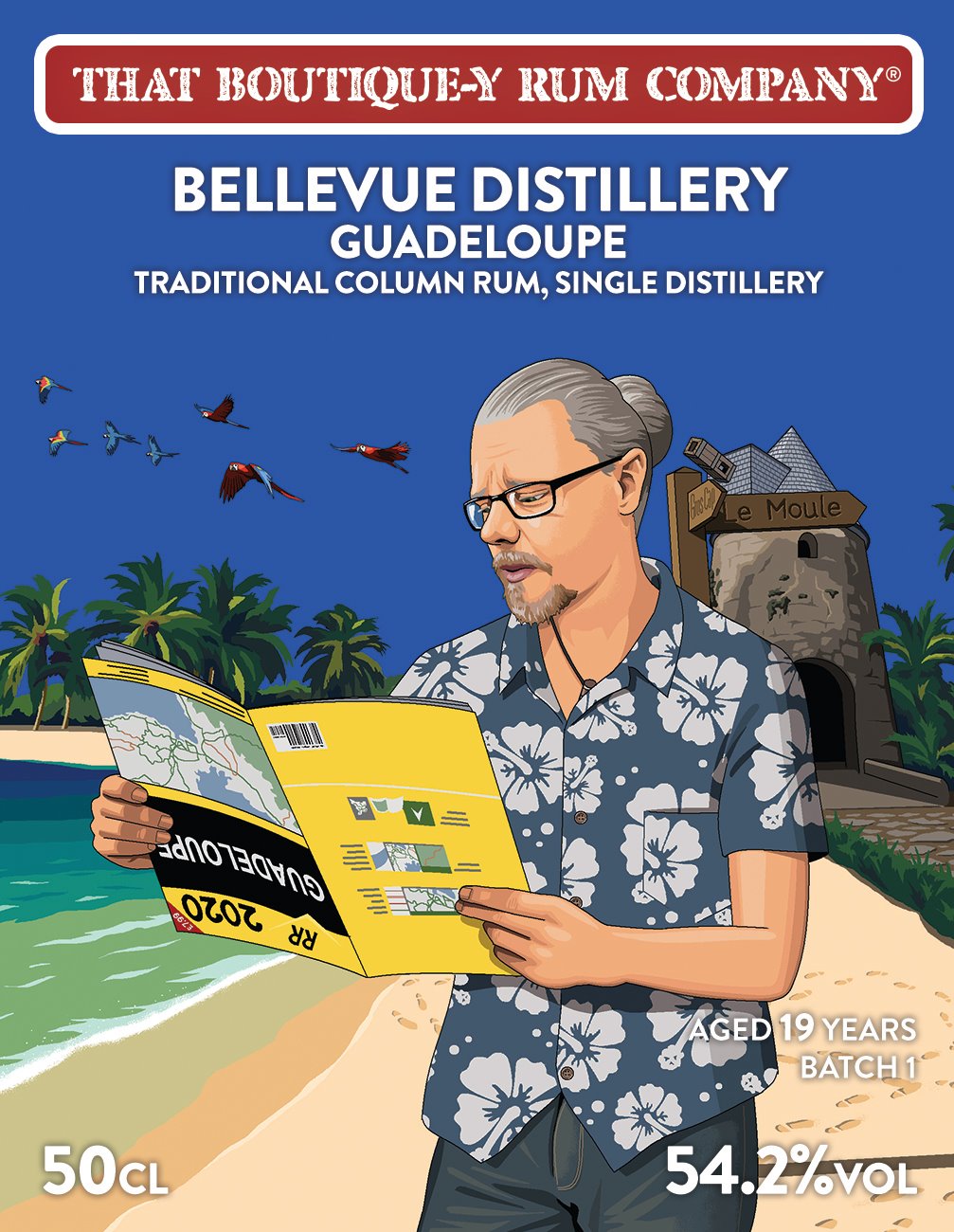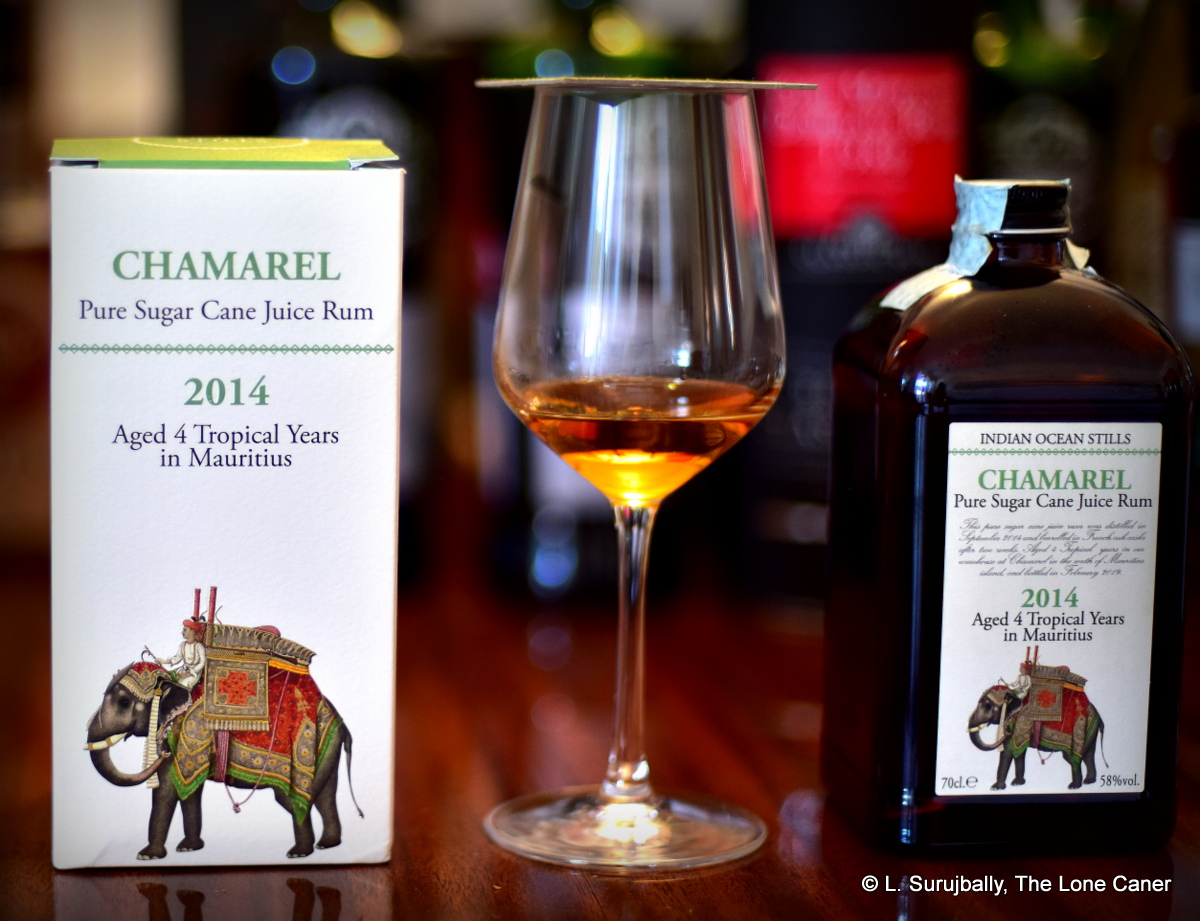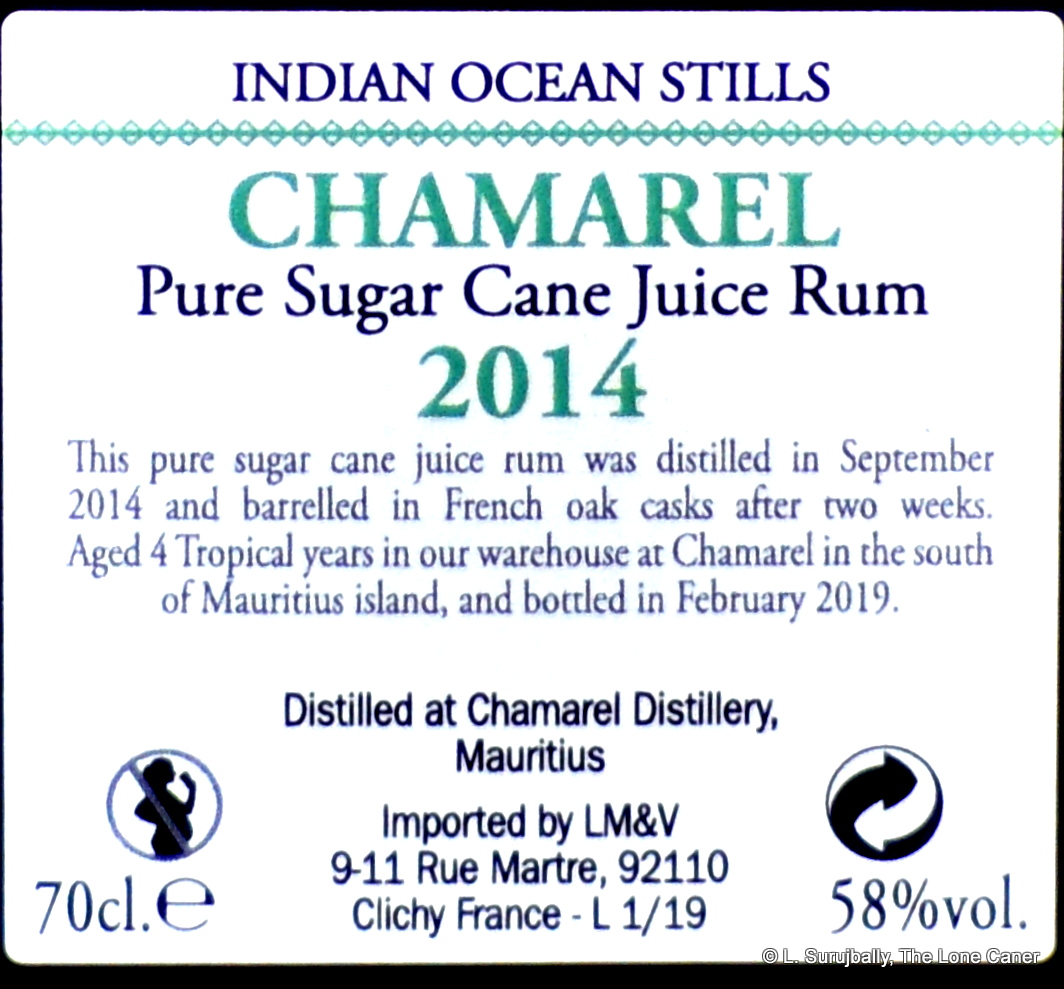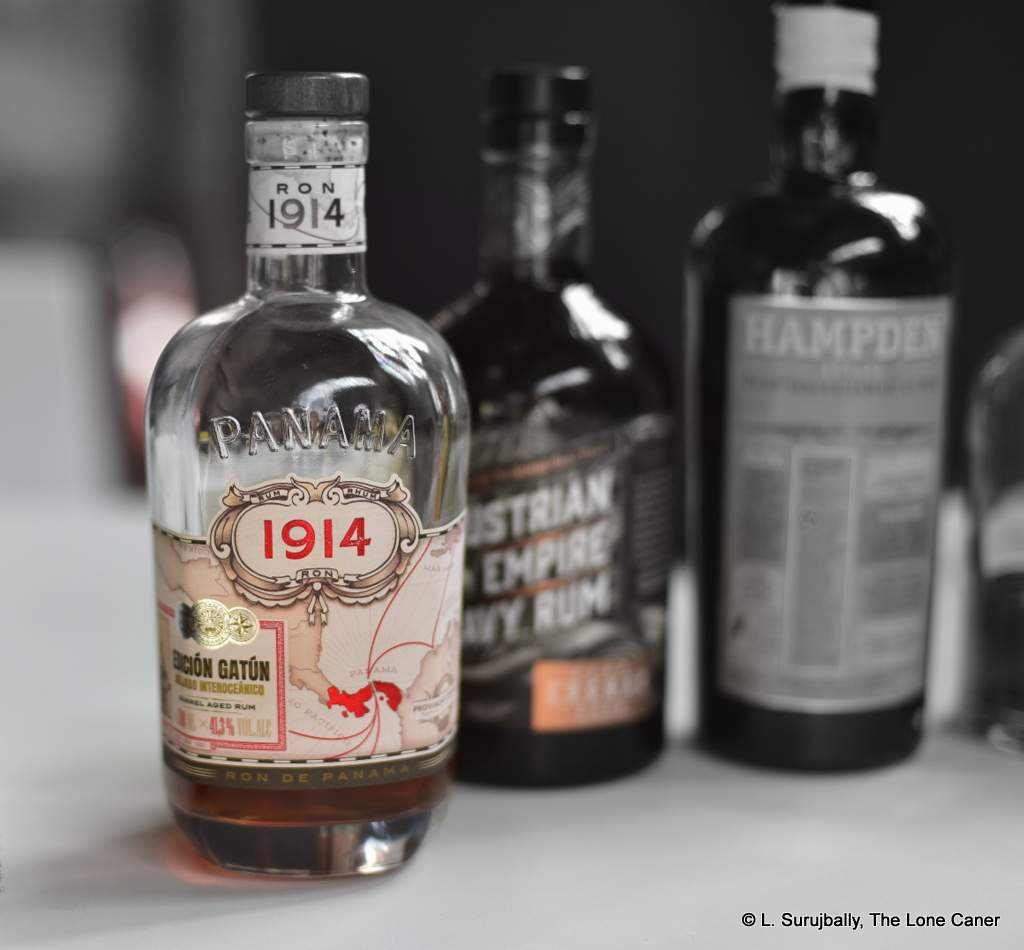
Here’s my personally imaginative take on how the (fictitious) Board of Blenders from Consorcio Licorero Nacional (CLN) presented their results to the good folks at Rum of Panama Corp (registered in Panama in 2016) about the rum they intended to make for them at Las Cabras in Herrera.
“We will make a true Panamanian Rum to represent the year the Canal was opened in 1914!” they say, high fiving and chest bumping themselves in congratulation at this perspicacious stroke of marketing genius.
“But CLN is originally from Venezuela, isn’t it?” comes the confused question. ”Shouldn’t you perhaps pay homage to something from there?”
“The company is now registered in Panama, in San Miguelito, so, no.” The answer is confident. “The rum will be made at a Panamanian distillery. We will make it appeal to the masses by making it a column still light rum, but also appeal to the connoisseur crowd and beef it up to a higher strength.”
Ersatz Venezuelan patriotism is forgotten. This smells like sales. “Great! How much?”
“41.3%” they reply, with the quietly confident air of “it’s settled” that Joe Pesci showed when he told Mel Gibson that a banker’s fee of 2% was standard, in Lethal Weapon II.
Brows knit. “Shouldn’t that be stronger?”
A twitch of moustaches, a shake of heads. This heresy must be swiftly extirpated. “That might scare away the masses, and they’re the ones we want buying the rum, as they’re the ones who move cases.”
“Ah.”
“And look, we will age it, a lot!” say the blenders brightly
Heads perk up. “Oh wonderful. We like ageing. How long, how old?”
“15 to 22 years.”
“That’s not bad. Except, of course, we’ve only been in business for four years, so…”
“Oh no worries. Nobody will check. There’s that one reviewing doofus in the Middle East who might, but nobody really reads his blog, so you’re safe. And, on our website, we’ll say it’s a rum aged “up to 22 years”, so that will give you no end of credibility. People love rums aged more than twenty years”
“Isn’t that called…well…lying?”
“Not at all. It’s a blend of rums, we’ll have aged rums between those years in the blend, we’ll never say how much of each, so it’s completely legit. Better than saying 15 years old, don’t you think?”
“Well…if you say so.”
Paternal confidence is displayed. “You can’t lose: the rum is light, it’s old, the age is unverifiable but completely true, it has a cool name and date as part of the title, it’s sweet, and the production is so complex nobody will figure out who really is behind it, so nobody gets blamed…” More bright smiles all around, followed by toasts, handshakes, and the go-ahead is given.
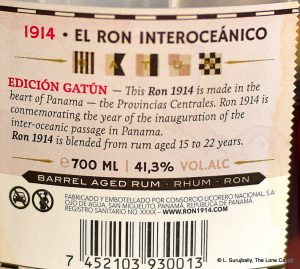 Or so the story-teller in me supposes. Because all jokes and anecdotes aside, what this is, is a rum made to order. Ron 1914 touts itself as being a 15-22 YO blended rum,“Distilled in the province of Herrera and bottled at the facilities of CLN in Panama City.” CLN was formed in 1970 by five Venezuelan businessmen and deals with manufactured alcoholic products, though nowhere I’ve searched is there a reference to a distillery of their own. In this case it’s clear their using Las Cabras, proud possessor of a multi-column industrial still that churns out mucho product on demand.
Or so the story-teller in me supposes. Because all jokes and anecdotes aside, what this is, is a rum made to order. Ron 1914 touts itself as being a 15-22 YO blended rum,“Distilled in the province of Herrera and bottled at the facilities of CLN in Panama City.” CLN was formed in 1970 by five Venezuelan businessmen and deals with manufactured alcoholic products, though nowhere I’ve searched is there a reference to a distillery of their own. In this case it’s clear their using Las Cabras, proud possessor of a multi-column industrial still that churns out mucho product on demand.
Now, that distillery has its own brand of rum, the Cana Brava, but also makes rum for clients: therefore brands like Zafra, Nativo, Grander note themselves as being from there – in that, then, the distillery operates like Florida Distillers who makes the completely forgettable Ron Carlos series of rums I’ve written about before.
And, unfortunately, made a rum equally unlikely to be remembered, because nosing it, your first thought is likely to be the same as mine: lights on, nobody home. There’s just so little going on here, and that’s not a function of the standard strength. There is basically some faint molasses, vanilla, a few unidentifiable fruits – not overripe, not tart, just fleshy and sweet – and an odd aroma of icing sugar. And a whiff of caramel and molasses, though don’t quote me on that – you might miss it.
The taste is also completely uninspiring. It’s so soft and easy you could fall asleep in it, and again, there’s too much vanilla, ice cream, sugar water and anonymous fruit here to lend any kind of spirit or style to the experience. Yes, there’s some caramel and molasses at the back end, but what good does that do when all it represents is a sort of “good ‘nuff” standard profile we’ve had a jillion times before in our journey? And the finish is just like that, short, breathy, a touch of mint, caramel, vanilla, and again, just a snoozefest. If I didn’t know better, I’d say the Ron 1914 was a low end spiced rum, and, for those of you who may be in doubt, that’s not a compliment.
The purpose of a rum like this escapes me. No, honestly. What’s it for? In this day and age, why make something so soft and anonymous? It doesn’t work well as a mixer (a Bacardi white or gold could just as easily do the job for less, if a cost-effective alcoholic jolt was all you were after) and as a sipper, well, come on, there’s way better value out there.
It’s always been a thing of mine that a good Spanish-style ron doesn’t have to enthuse the cask strength crowd with a wooden still in its DNA, or by squirting dunder and funk from every pore – because knowledgeable drinkers of its own style will like it just fine. They’re used to standard strength and get that subtlety of tastes imparted almost solely by barrel management and smart ageing. But I submit that even they would take one taste of this thing, put down the glass, and walk away, the way I wanted to on the day I tried it in a VIP tasting. I couldn’t do that then, but you can, now. See you.
(#788)(70/100)
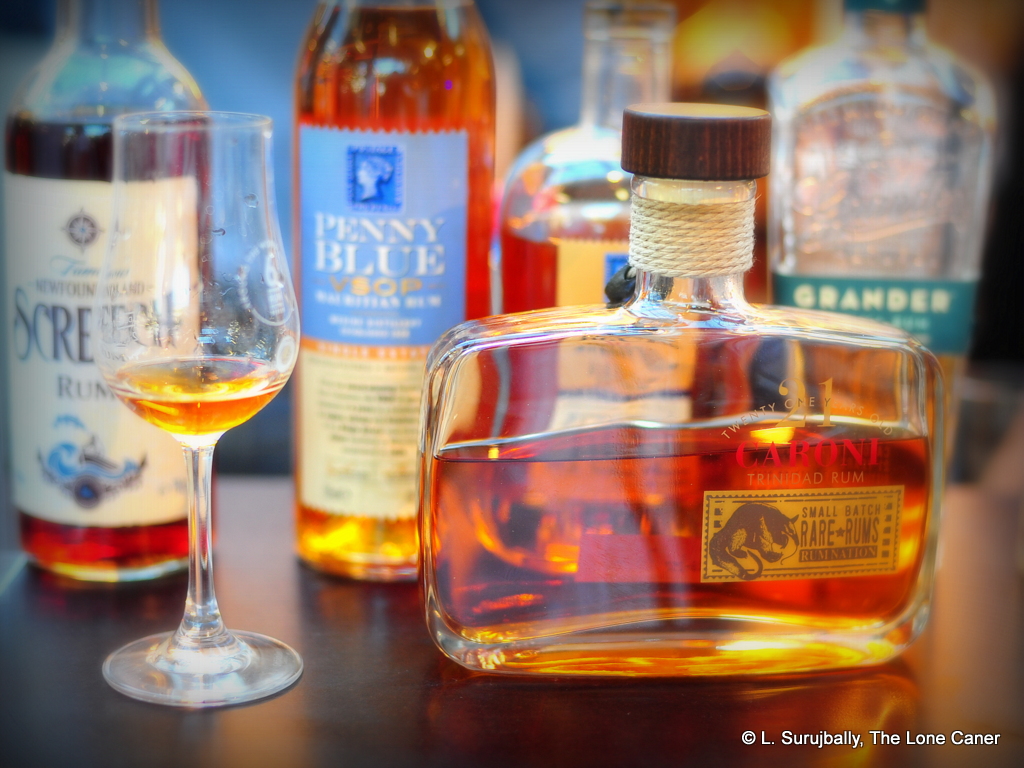

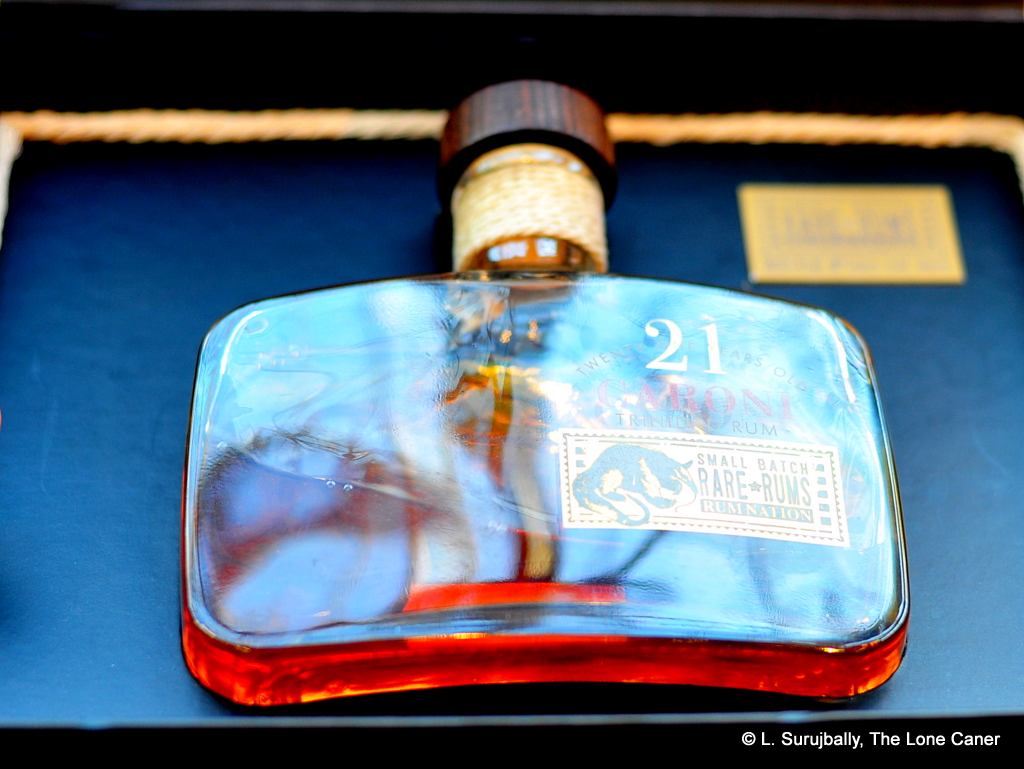
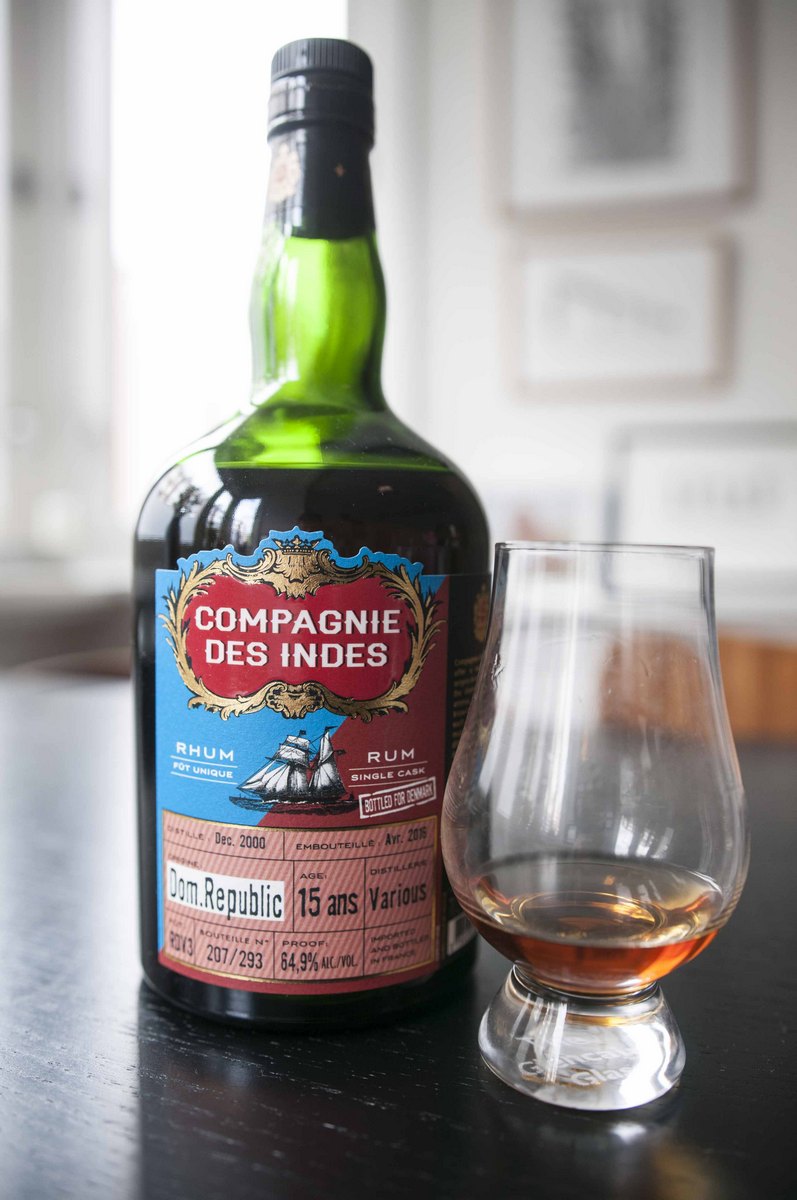
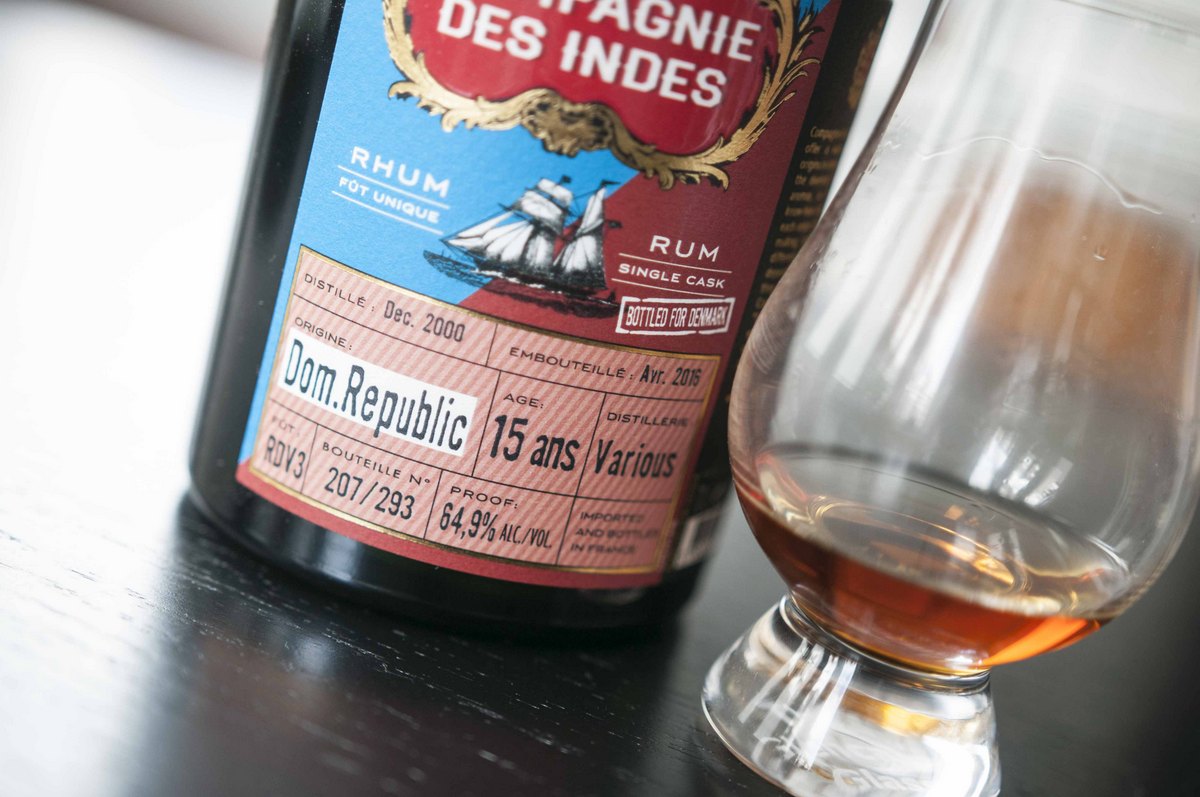
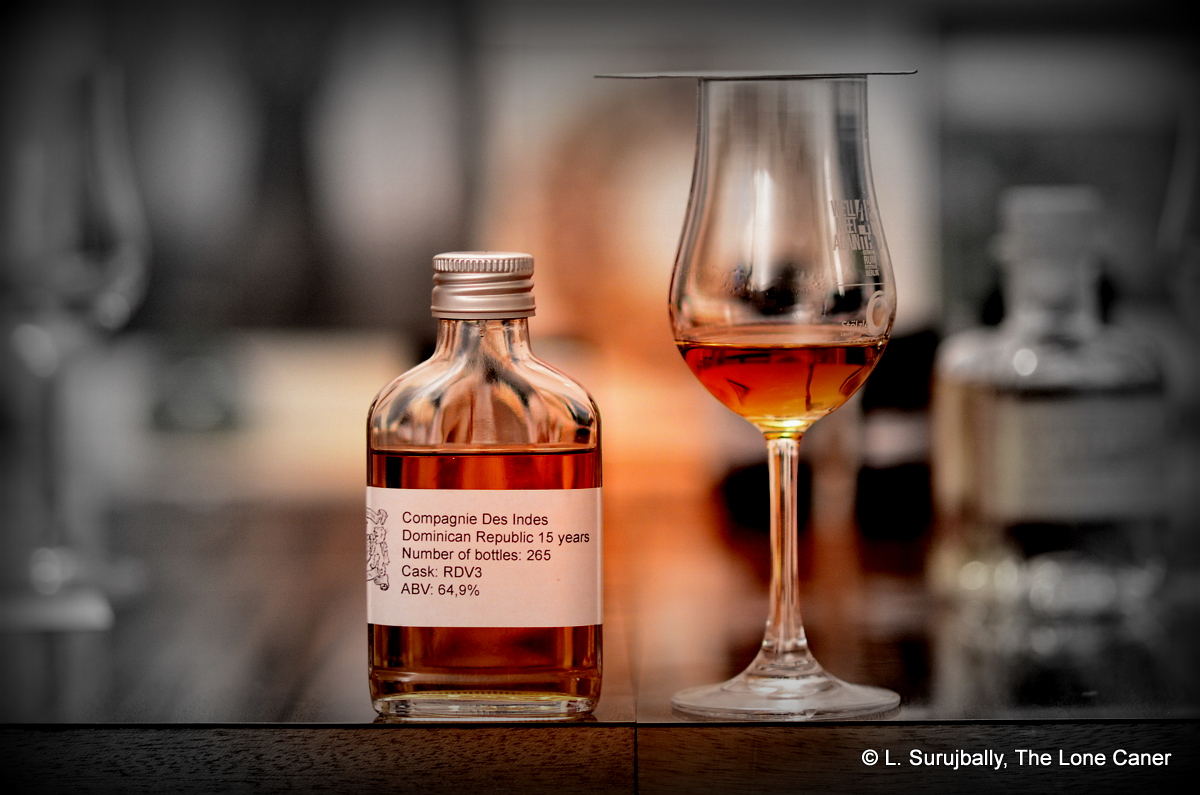
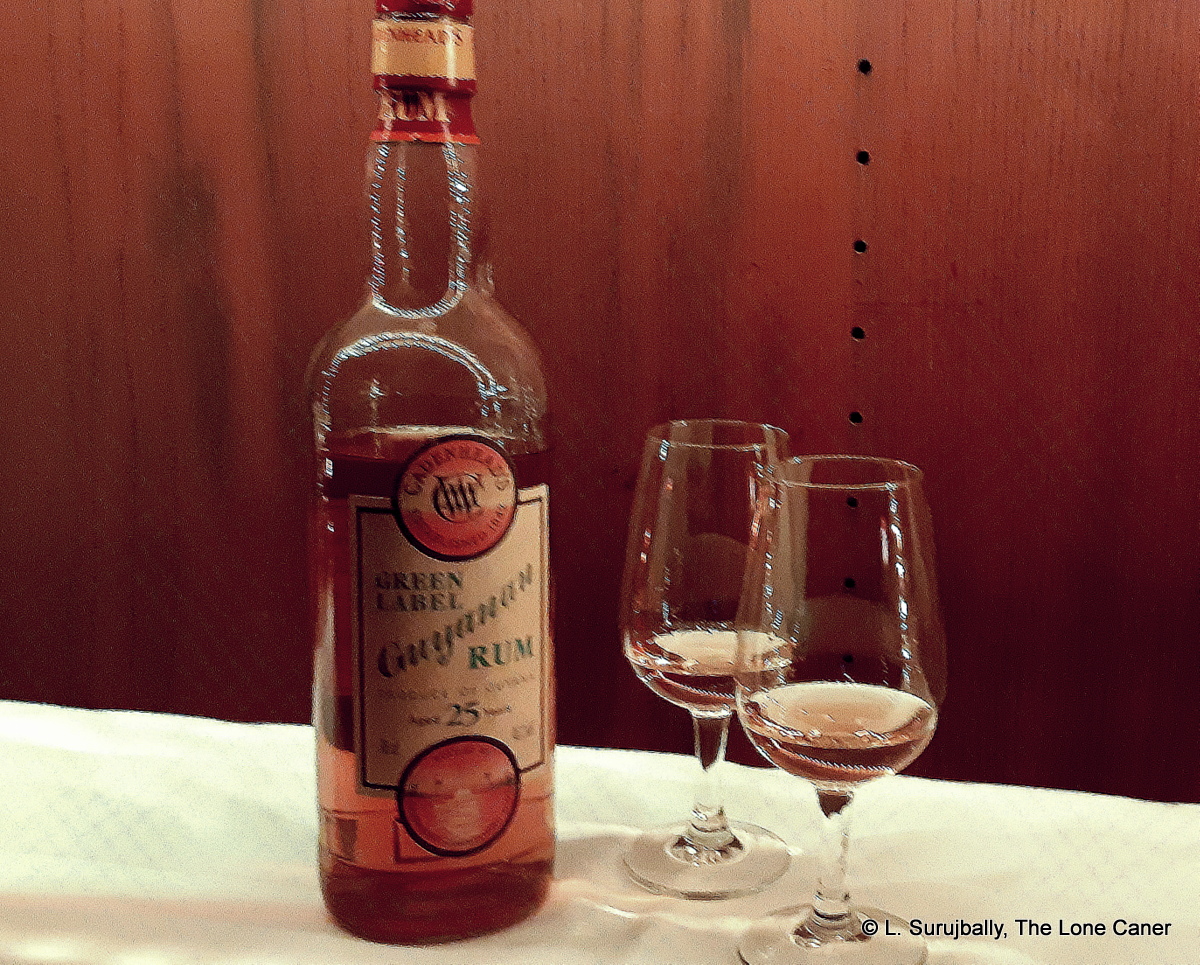
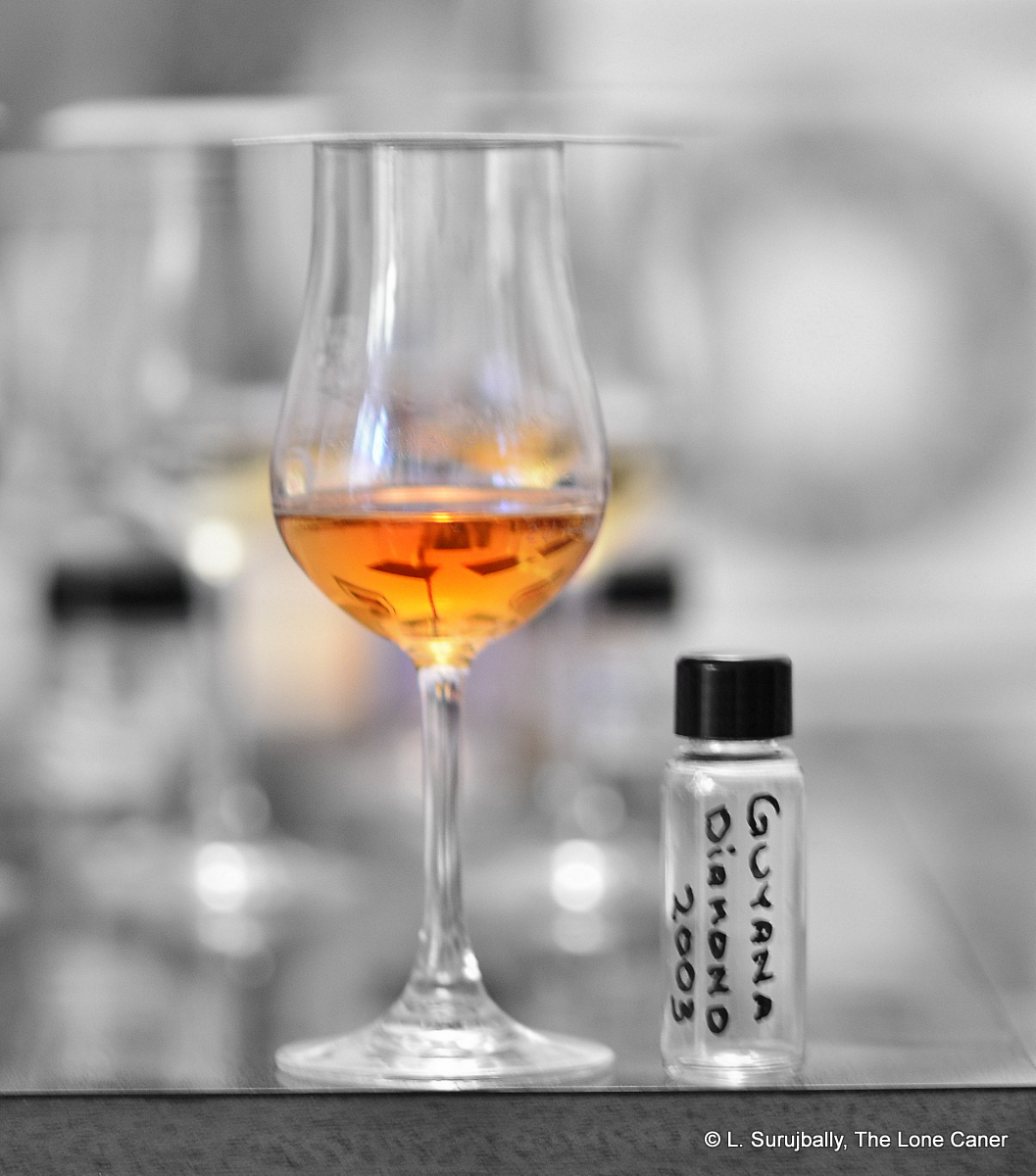
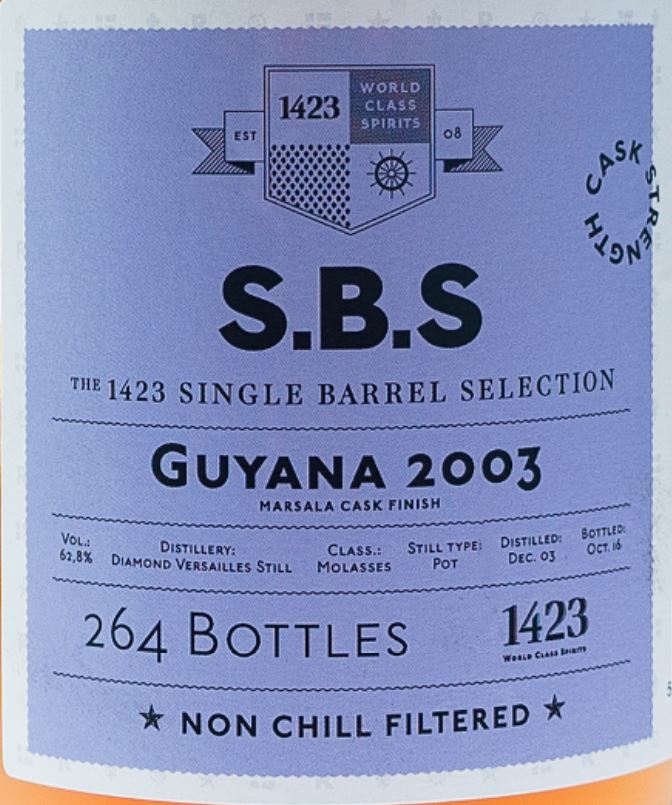
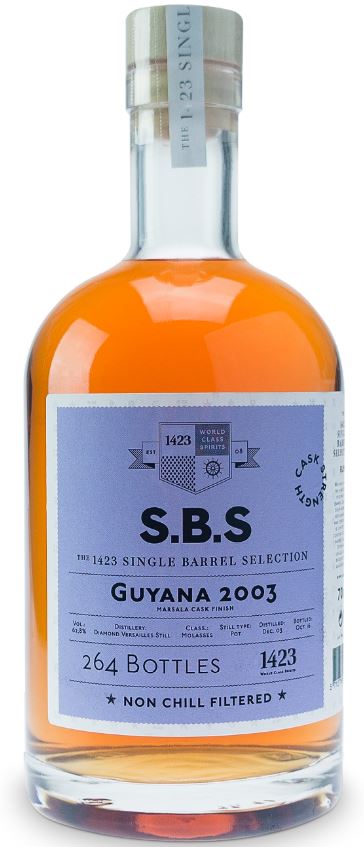

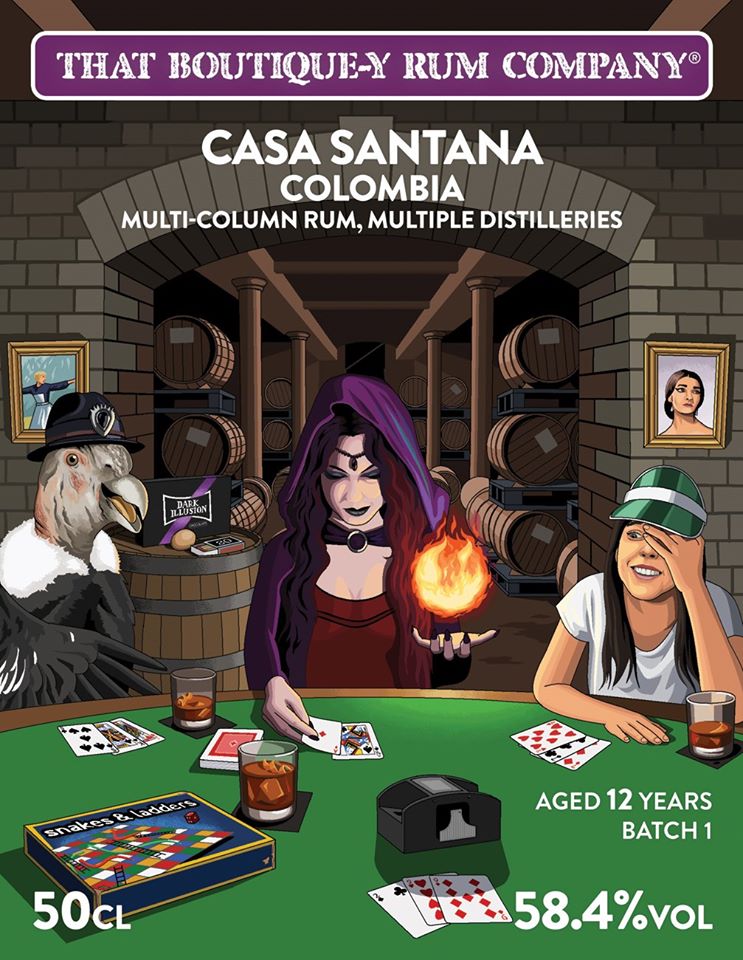

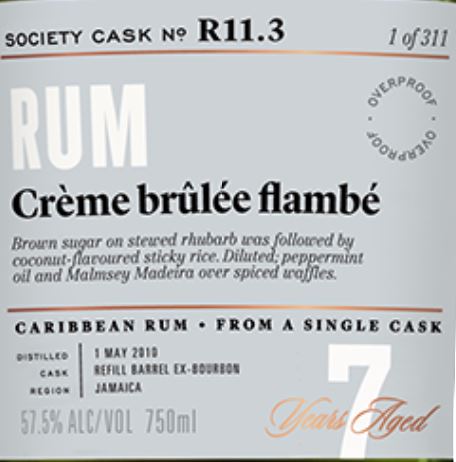
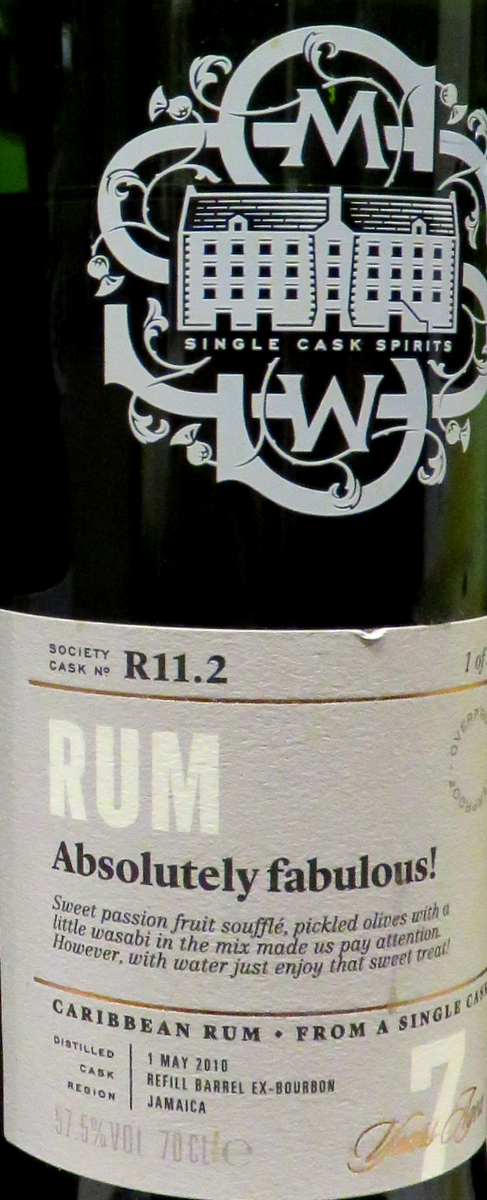
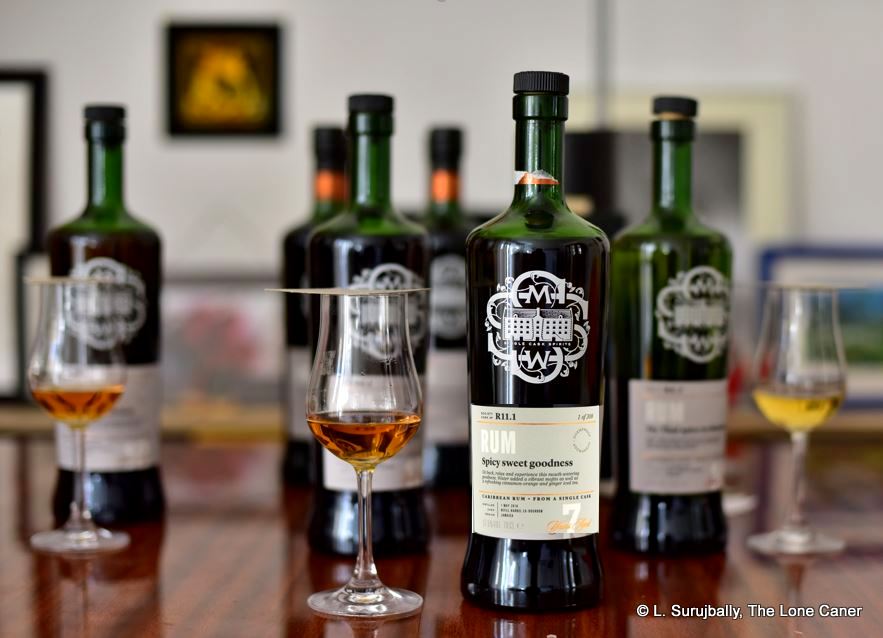
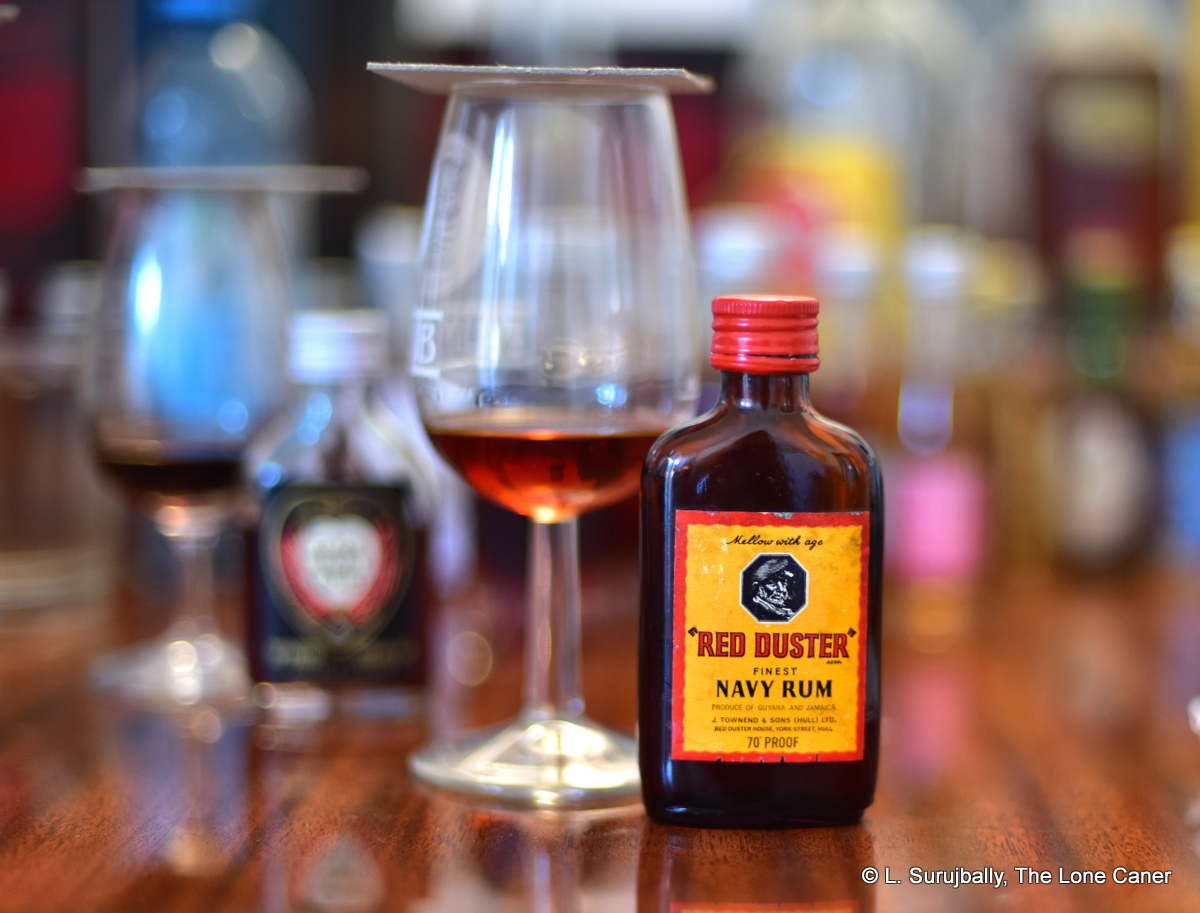
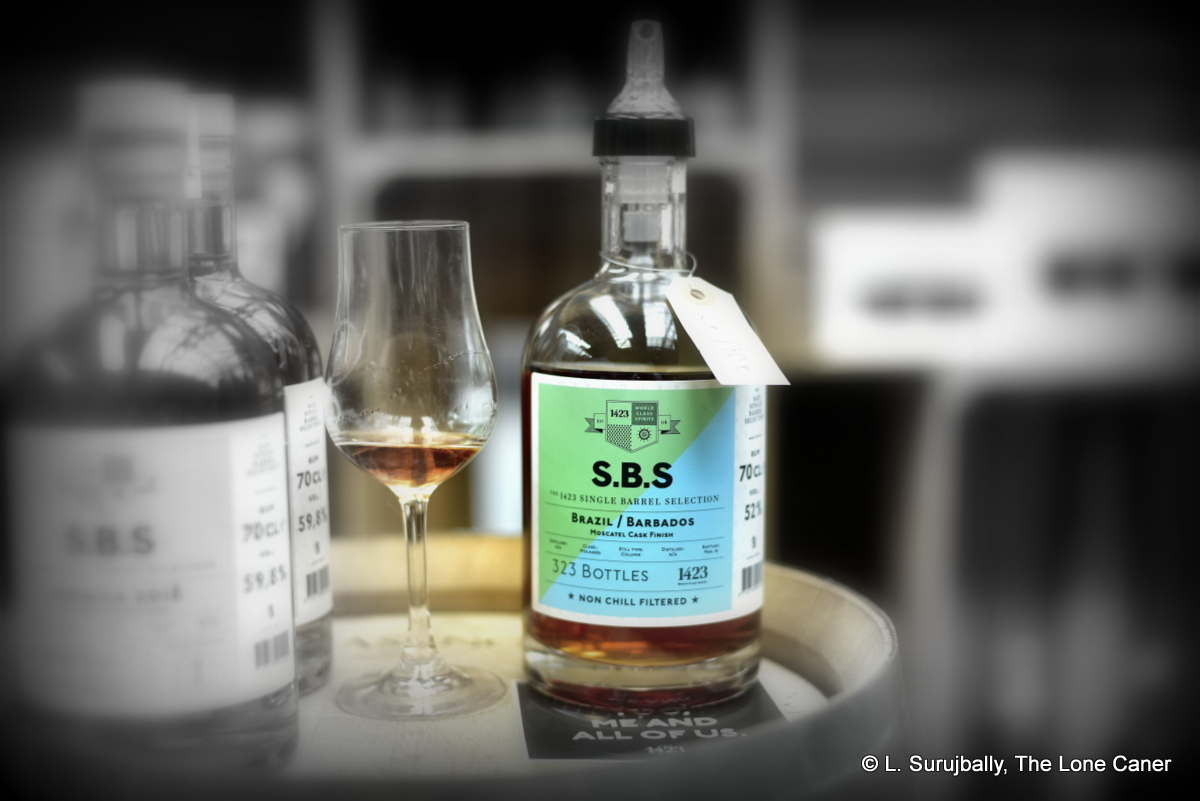
 1423,
1423, 